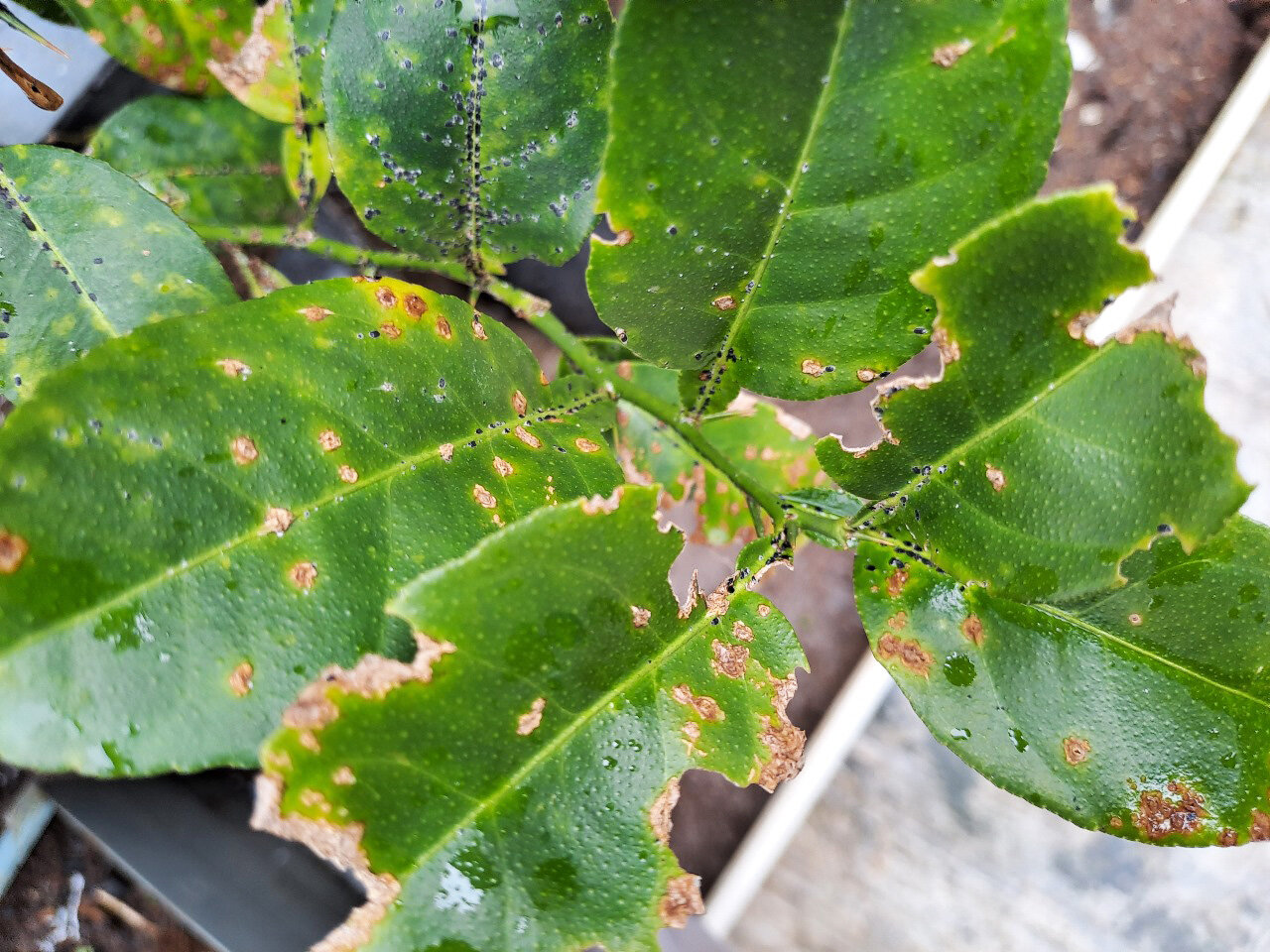The movement of sugar is key to plants’ ability to produce seeds. Now, researchers finally better understand some of the mechanisms plants use to make sugar movement happen.
Seed development, crucial for plant reproduction and crop yield, relies heavily on effective sugar transport and metabolism. Despite extensive research on model plants, the specific mechanisms of sugar import remained unclear… until now.
Camellia oleifera suffers from production challenges including severe seed abortion and low yield, underscoring the need for a deeper understanding of its seed development processes. A recent study by researchers from Beijing Forestry University has successfully clarified some of the complex processes of moving sugar in the developing seeds of Camellia oleifera, as detailed in a study published in the Horticulture Research journal.
By pinpointing essential sugar transporters and examining their roles, this research provides valuable insight into the molecular mechanisms that regulate seed development. According to a release, the study emphasizes how these transporters, in conjunction with sucrose-metabolizing enzymes, contribute to the efficient import and distribution of sugars. This study boosts understanding of seed development in Camellia oleifera and suggests potential methods to improve seed yield and quality in this key oil-producing crop.
Dr. Lingyun Zhang, the lead researcher, said, “Our findings provide the first comprehensive evidence of the molecular regulation of sugar import in Camellia oleifera seeds. This research not only advances our understanding of seed development but also opens new avenues for improving seed yield and quality through targeted manipulation of sugar transport pathways.”
The insights gained from this study have practical implications for agriculture, particularly in boosting the yield and quality of Camellia oleifera seeds. By targeting key sugar transporters and enzymes, there is potential to develop strategies that enhance nutrient supply and seed development, ultimately increasing productivity in this important oil-producing crop.
For those who are interested in a deeper dive into the science of this study:
The study identified two main sugar transport pathways in Camellia oleifera seeds: a symplasmic route within the seed coat and an apoplasmic pathway at the maternal-filial interface. Key sugar transporters, such as CoSWEET1b, CoSWEET15, and CoSUT2, were found to play crucial roles in facilitating sugar import into developing seeds. Enzymatic assays and histological observations revealed the significant role of acid invertases in maintaining high hexose levels during early embryo development. The coordinated action of these transporters and enzymes ensures efficient sugar import and distribution, which is vital for proper seed development. These findings offer a thorough understanding of the molecular mechanisms governing sugar transport in Camellia oleifera seeds and suggest potential targets for genetic improvements to enhance seed yield and quality.












